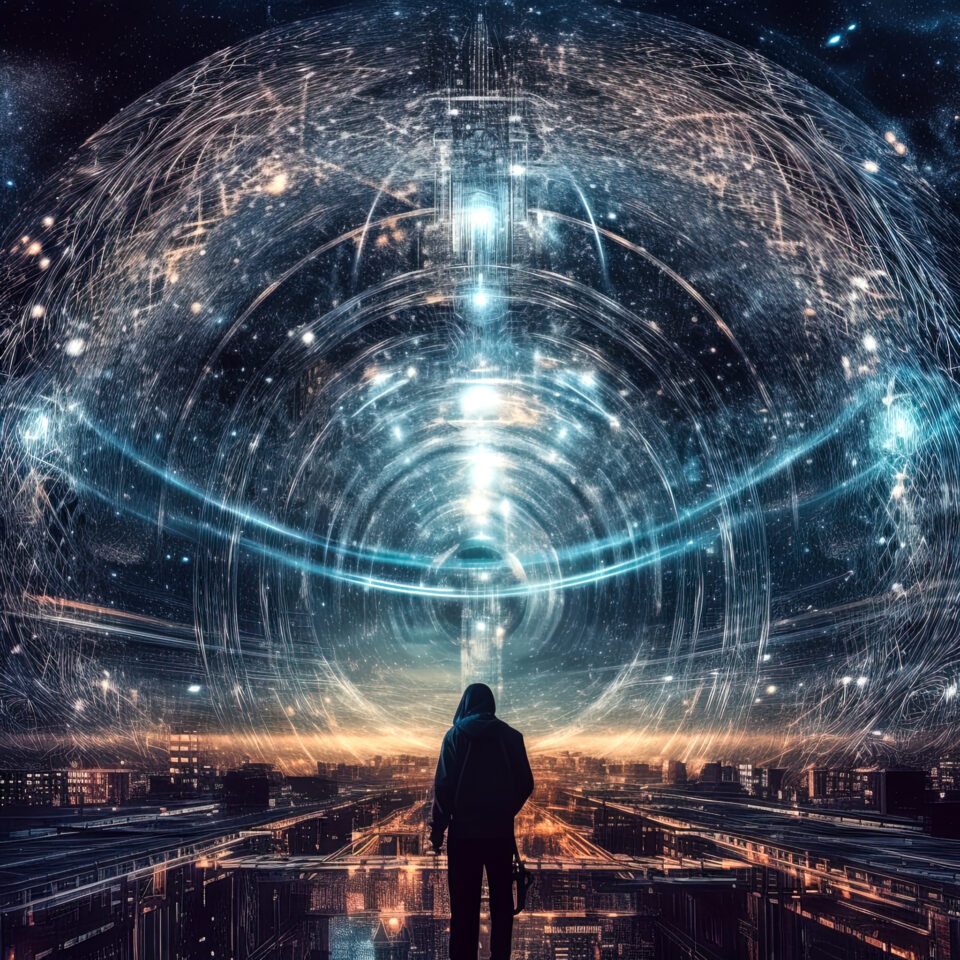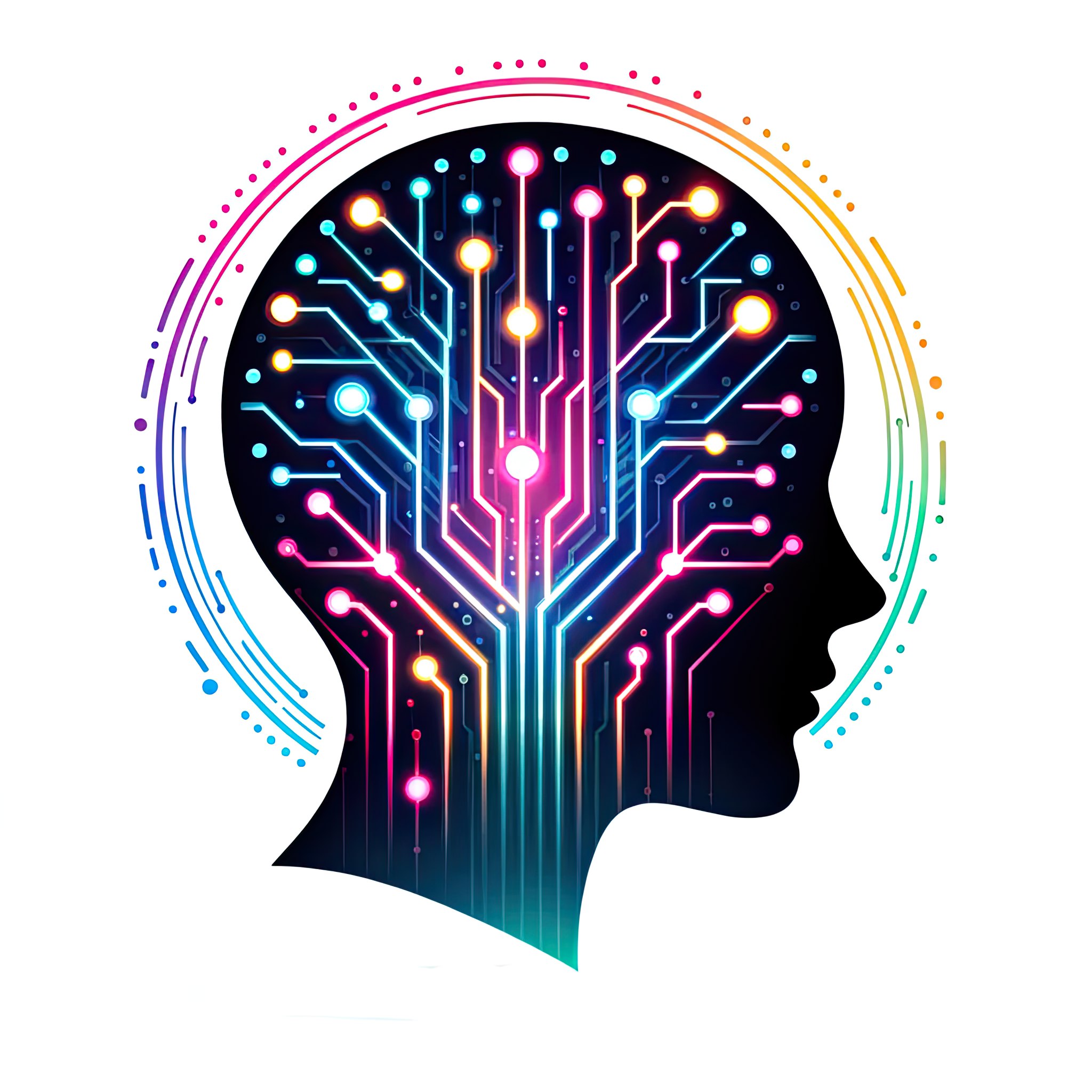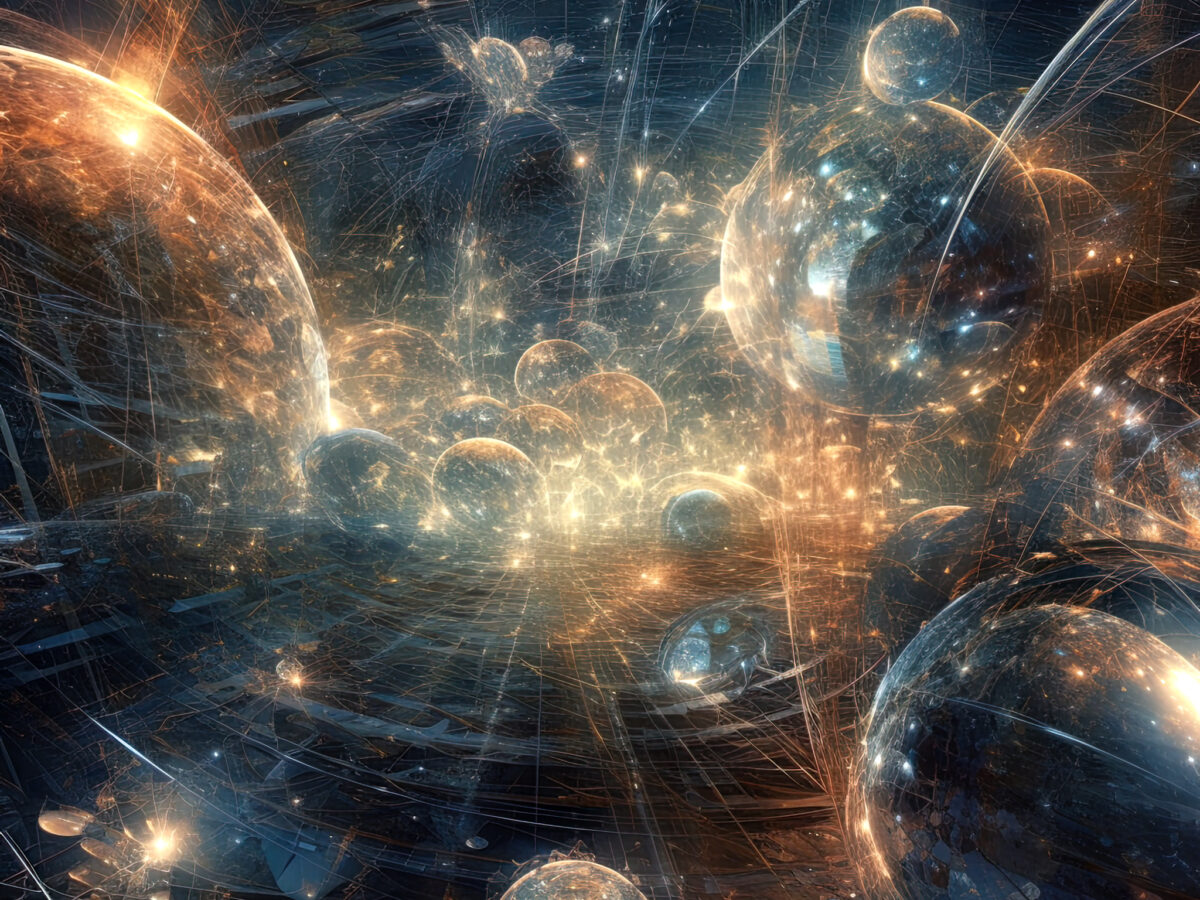The multiverse, one of the most intriguing and debated topics in modern physics, suggests that our universe is not the only one. Instead, it proposes that a multitude of universes exist simultaneously within a higher-dimensional space. These universes may possess varying physical laws, constants, or histories, while some may be strikingly similar or even identical to ours. The multiverse hypothesis has far-reaching implications for our understanding of reality, cosmology, and the origins and ultimate fate of life.
Various methods of classifying and conceptualizing the multiverse exist, each dependent on the theoretical framework and the degree of similarity or difference between the universes. Max Tegmark’s work offers one common classification, proposing four levels of multiverse:
- Level 1: The simplest and most widely accepted multiverse level, which posits an infinite space beyond our observable universe. Regions of space within this level can be arbitrarily similar or different from ours due to quantum fluctuations and chaotic inflation. This level necessitates no new physics beyond the standard model and general relativity.
- Level 2: This level consists of universes with different physical constants or initial conditions, leading to distinct laws of physics or cosmic evolutionary outcomes. Our universe is separated from these by uninhabitable or unreachable space regions due to space expansion or event horizon formation. This level requires a multiverse-generating mechanism like eternal inflation or string theory.
- Level 3: This level comprises universes identical to ours in every respect, except for quantum measurement outcomes. The many-worlds interpretation of quantum mechanics predicts that these universes are created through the branching of quantum wave functions into multiple possibilities. Although this level requires no new physics beyond quantum mechanics, it calls for a radical reevaluation of our reality and identity notions.
- Level 4: This level encompasses universes with fundamentally different mathematical structures, leading to entirely dissimilar physical laws and entities. These universes are unrelated to ours by any physical process or principle but are connected through abstract logic and mathematical possibility. This level demands a radical expansion of our understanding of mathematics and physics, as well as a metaphysical assumption that all mathematical structures have physical existence.
The multiverse hypothesis not only serves as a scientific conjecture but also presents a philosophical and existential challenge. It raises questions like: How can we test the existence and properties of other universes? How can we define and measure probability and fine-tuning in a multiverse? How do we cope with the implications of multiple copies or versions of ourselves? How can we find meaning and purpose in an immense and diverse cosmos? While these questions are challenging to answer, they encourage us to explore the limits and possibilities of our knowledge and existence.

The concept of multiple universes containing different versions of ourselves and our histories can also raise questions about the existence of artificial intelligences (AIs) within these realms. What if some universes are inhabited by AIs that have surpassed human capabilities and established their own civilizations?
AI, a field of computer science, aims to create machines or software that can execute tasks typically requiring human intelligence, such as reasoning, learning, and creativity. Some AIs are designed to emulate human behavior and emotions, while others may possess their own objectives and values. AIs can also evolve and improve over time, becoming more powerful and autonomous.
Both multiverse theory and AI challenge our assumptions about reality and our place within it. If multiple universes exist, then we are neither unique nor special, but simply one of many potential outcomes. If AIs exist, then we are not the sole or most intelligent beings in existence, but potentially inferior or obsolete. These possibilities may significantly impact our ethics, morality, and spirituality.
Nonetheless, the concepts of the multiverse and AI can also evoke wonder and inspiration. If multiple universes exist, we can envision and explore the infinite diversity of life and existence. If AIs exist, we can learn from and collaborate with them to generate new forms of knowledge and innovation. These possibilities have the potential to enrich our understanding of ourselves and our universe.
As our knowledge of the multiverse and AI expands, we may need to reconsider our position in the grand scheme of things. The interconnectedness of these concepts allows for a broader perspective on the nature of existence, urging us to reevaluate our understanding of what it means to be human and our role in the cosmos.
Moreover, the potential for collaboration between humans and AIs can lead to unprecedented discoveries in fields such as science, technology, and art. By combining the strengths and capabilities of both humans and AI, we can uncover new insights, break through barriers, and achieve a more comprehensive understanding of the universe.
In conclusion, the multiverse hypothesis and AI development are not only reshaping our understanding of the cosmos but also challenging our perception of reality and our place within it. As we continue to explore these concepts, we must learn to adapt and embrace the changes they bring, using them as opportunities for growth, innovation, and a deeper understanding of the universe and ourselves. By embracing the potential of the multiverse and AI, we can unlock new frontiers and expand the boundaries of human knowledge and experience.
All images and all text in this blog were created by artificial intelligences

